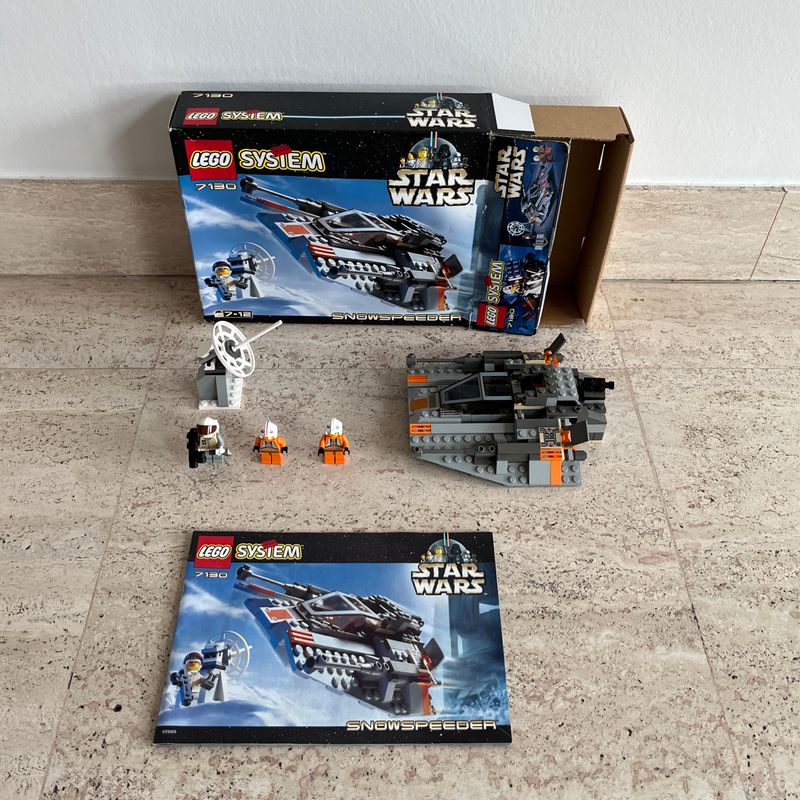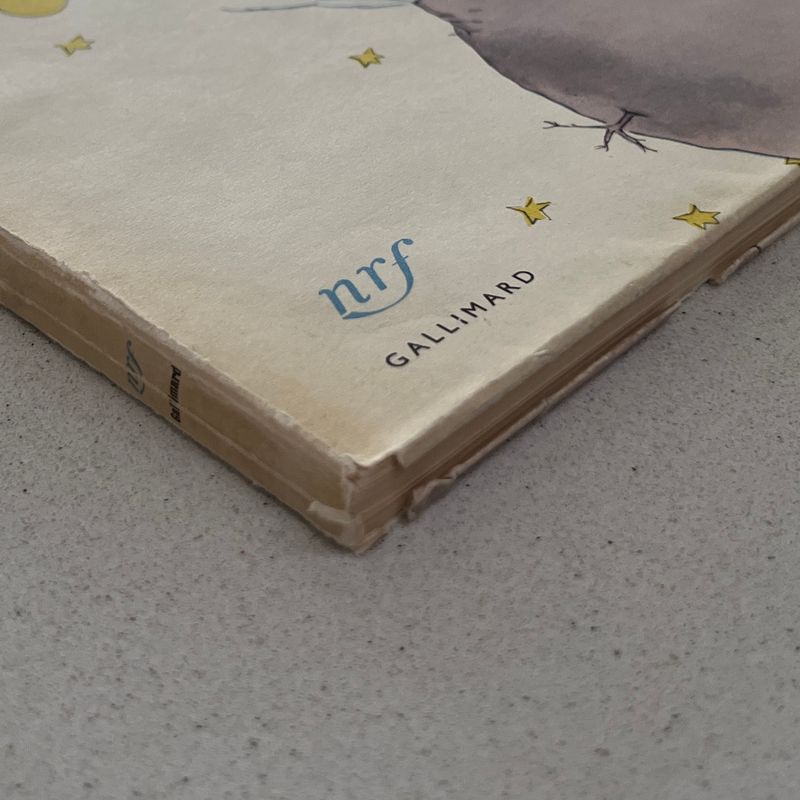Photo guide
The photos in your ad always have an impact on the sale of your object. Good photographs make for a quicker and better sale.
Neutral background
Take special care to photograph only what is for sale in your ad. Avoid presenting the item in an environment that might confuse the buyer. Use a neutral background such as a white wall. You can also photograph the item in front of/on a sheet or a piece of cardboard. Imagine that the potential buyer should be able to picture the object at home.
Natural light and color
Natural light does not alter the colors of the object. Similarly, flash often distorts surfaces and creates unnatural shadows, so its use should be avoided. Do not alter the colors or use a filter so that the object remains true to life.
Photograph all the elements
If your ad consists of several objects it is important to photograph all the elements and have a photo that brings them all together. Original boxes, user manuals and other certificates are extremely important for collectors, so make sure you have a photo of them.
Think about the important details
Serial numbers, hallmarks, exhibition or gallery labels behind paintings and other markings are extremely important. It is essential that these are well documented and photographed in your ad.
Beware of blurs
To ensure a good sale, photos must be sharp. It is important to stabilise your camera and choose the right photo mode (e.g. Macro for small objects and details, ...).
Photograph all sides
Remember to photograph all sides of objects, including the back of paintings. If it is a three-dimensional object, consider taking a photo from an attractive angle that will allow the potential buyer to better imagine the object in its interior.
Show the condition of the object
Defects and signs of wear and tear are important and contribute to the evaluation of your object. It is important that these are explicitly documented in order to avoid returns. If it is necessary and does not affect the integrity of the object, remember to dust it before taking a photo.
What to do in case of special dimensions
For all objects with unusual dimensions (e.g. miniatures, oversize, ...) the ad must include a photo of the object next to a graduated scale (i.e. metre, ruler, ...) or a reference object whose size is known to all, such as a coin in the case of miniatures.
Reflections and self-portraits
Take particular care when photographing reflective surfaces to avoid the reflected image distorting the photo. Often not being in line with the light source is enough for a good result. Also avoid having parts of your body appear in your photos (e.g. feet in the case of objects on the ground, ...).
Thumbnails
During the validation process, GENEVA COLLECTIONS creates a thumbnail which will serve as a reference image of the object in addition to your photos. This is created by our team from the most representative photo of the ad.
Cookie notice
This website uses cookies. Please accept them for an optimal browsing experience. More information in our Terms & Conditions.



















